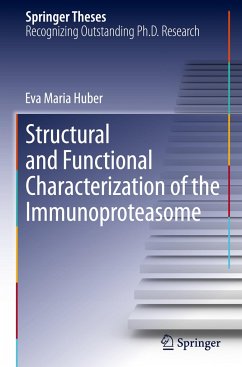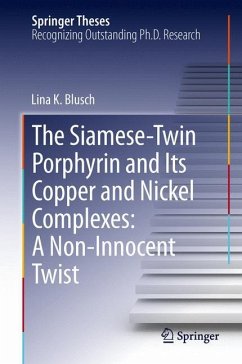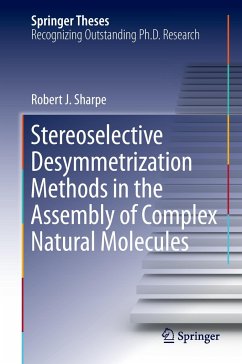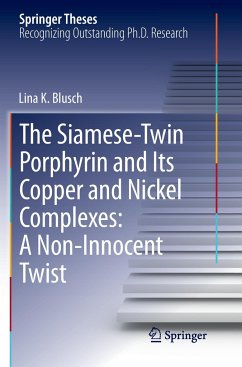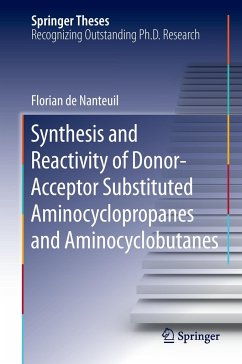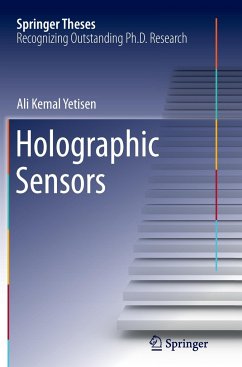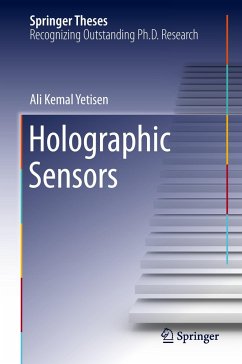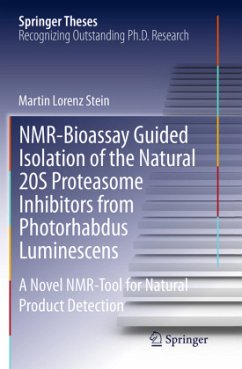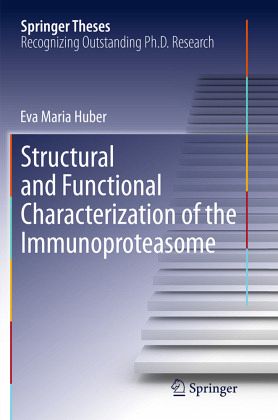
Structural and Functional Characterization of the Immunoproteasome
Versandkostenfrei!
Versandfertig in 6-10 Tagen
76,99 €
inkl. MwSt.
Weitere Ausgaben:

PAYBACK Punkte
38 °P sammeln!
In this acclaimed thesis, Eva Maria Huber reveals ground-breaking results by elucidating the crystal structure of the murine immunoproteasome in complex with a selective inhibitor. Huber does this by performing multidisciplinary methodologies including X-ray crystallography, fluorescence spectroscopy and mutagenesis experiments. Her exceptional results explore the immunoproteasome complex structures and are of outstanding importance for future scientific research especially in the pharmaceutical industry. These results will enable the functional analysis of individual proteasome subunits and s...
In this acclaimed thesis, Eva Maria Huber reveals ground-breaking results by elucidating the crystal structure of the murine immunoproteasome in complex with a selective inhibitor. Huber does this by performing multidisciplinary methodologies including X-ray crystallography, fluorescence spectroscopy and mutagenesis experiments. Her exceptional results explore the immunoproteasome complex structures and are of outstanding importance for future scientific research especially in the pharmaceutical industry. These results will enable the functional analysis of individual proteasome subunits and support the development of novel drugs for autoimmune diseases such as multiple sclerosis or rheumatoid arthritis.




